Krukenberg Spindle Pigment Dispersion Syndrome
Krukenberg spindle pigment dispersion syndrome. We examine relatives of patients with PDS and PG in order to determine the heritability of these diseases. Heavy trabecular meshwork pigmentation. One of the most important findings are areas of the iris that have been rubbed thin.
Is Krukenberg spindle pathognomonic for PDS andor PXS. Transillumination Krukenberg spindle Ultrasound biomicroscopy Introduction The ophthalmic condition defined as pigment disper-sion syndrome PDS can lead to elevated intraocular pressure IOP and pigmentary glaucoma PG ulti-matelyresultinginvisuallossPDSischaracterizedby pigment localized on the corneal endothelium iris. INTRODUCTION A form of secondary open-angle glaucoma characterized by dispersion of pigment granules from the iris pigment epithelium with deposition throughout the anterior segment 3.
These are called transillumination defects and. The pigment gradually obstructs the drainage apparatus of the eye and in about 30 of the time may cause enough elevation in the eye pressure to cause glaucoma pigmentary glaucoma. No it can occur in any ocular condition in which pigment is.
Pigment dispersion syndrome and pigmentary glaucoma represent a spectrum of the same disease characterized by excessive pigment liberation throughout the anterior segment of the eye 2. Gonioscopically there was a classic appearance of pigment dispersion syndrome with dense trabecular meshwork pigmentation and evidence of Sampaolesis line in both eyes. Early-onset and rapidly progressive nuclear cataracts have been reported in some patients.
Krukenberg spindles densely pigmented trabecular meshwork and pigmented zonules may be seen on examination. Fill in the blanks. It is characterized by the presence of transillumination defects Krukenbergs spindle and dense trabecular meshwork pigmentation.
This was a prospective cross-sectional study. Krukenbergs spindle is one of the clinical signs of pigment dispersion syndrome. 1 Krukenberg spindle occurs in the spectrum of anterior segment.
Criteria for pigmentary glaucoma were pigment dispersion syndrome and two of three findings. One hundred and one patients with PDS were prospectively recruited over.
We examine relatives of patients with PDS and PG in order to determine the heritability of these diseases.
Criteria for pigmentary glaucoma were pigment dispersion syndrome and two of three findings. Signs and Symptoms When a Krukenberg spindle is noticed during an eye exam the doctor will look for other signs of pigment dispersion. The pigment gradually obstructs the drainage apparatus of the eye and in about 30 of the time may cause enough elevation in the eye pressure to cause glaucoma pigmentary glaucoma. Fill in the blanks. Midperipheral radial iris transillumination defects. Biomicroscopically she exhibited a distinct Krukenberg spindle on the back surface of each cornea as well as rare mid-peripheral iris transillumination defects OU. Krukenberg spindles densely pigmented trabecular meshwork and pigmented zonules may be seen on examination. Heavy trabecular meshwork pigmentation. Open-angle glaucoma will develop in as many as 50 of affected patients.
Fill in the blanks. The pattern of pigment deposition on the posterior surface of the cornea is known as a Krukenberg spindle and considered diagnostic. Is Krukenberg spindle pathognomonic for PDS andor PXS. Open-angle glaucoma will develop in as many as 50 of affected patients. Fill in the blanks. One hundred and one patients with PDS were prospectively recruited over. We examine relatives of patients with PDS and PG in order to determine the heritability of these diseases.

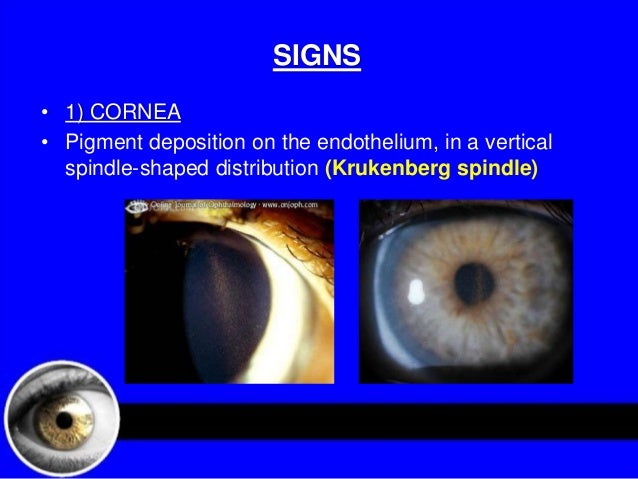
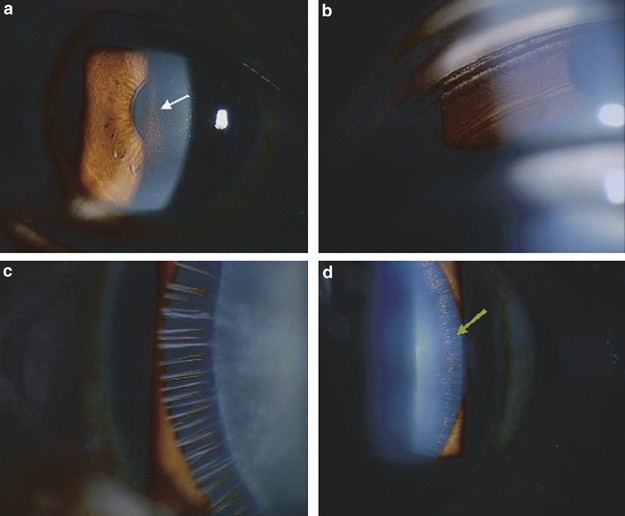

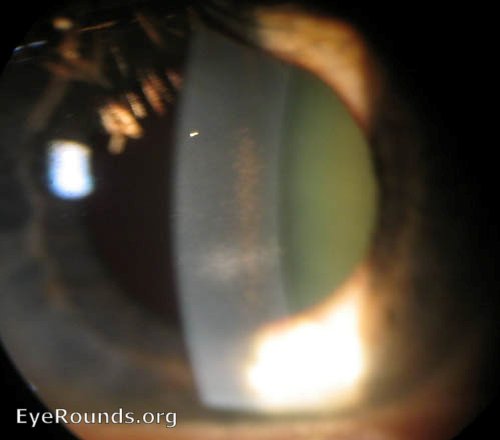


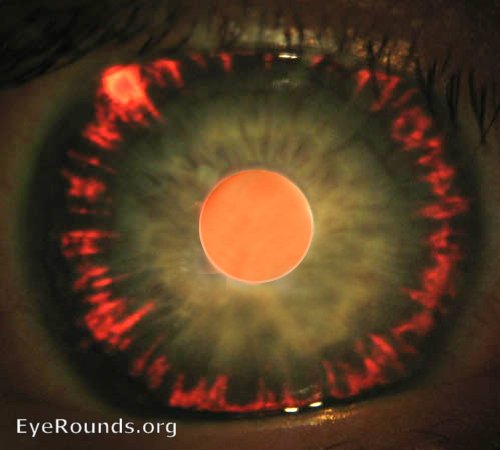











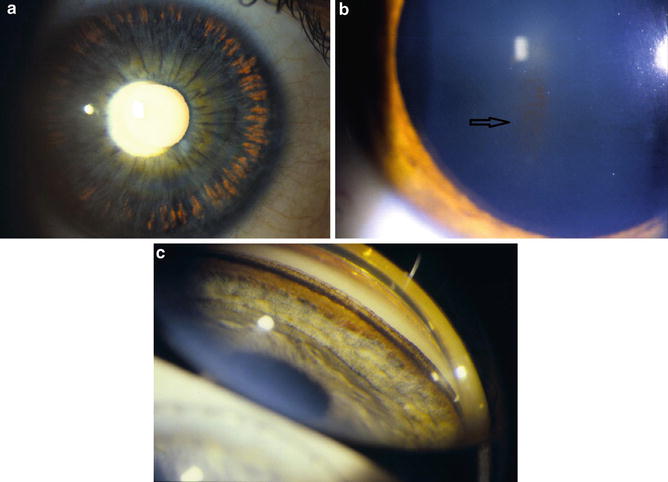
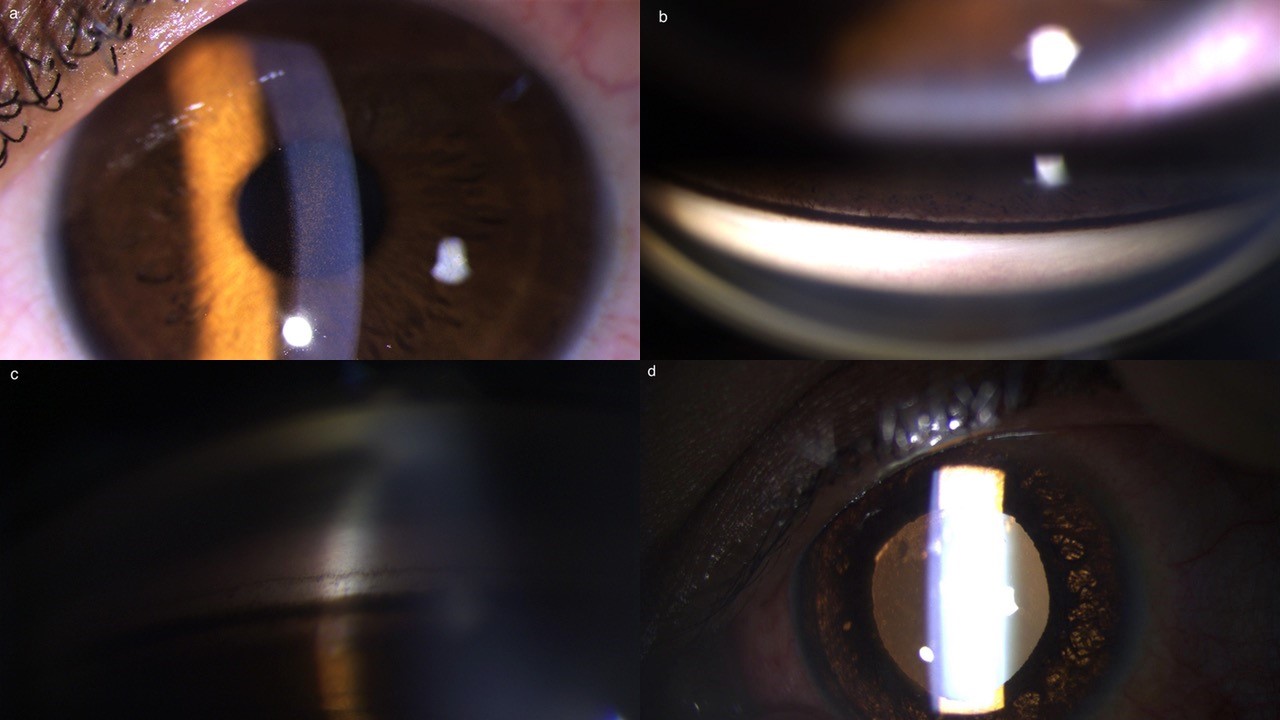

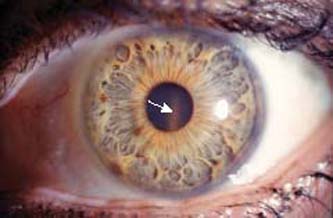

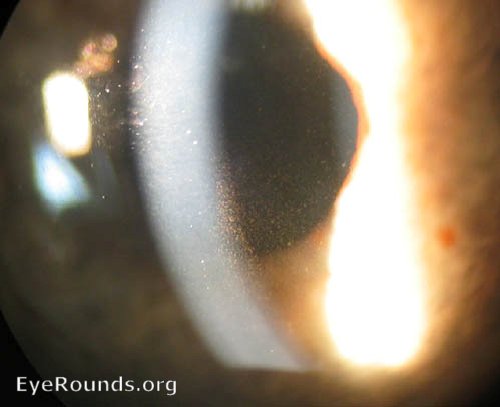




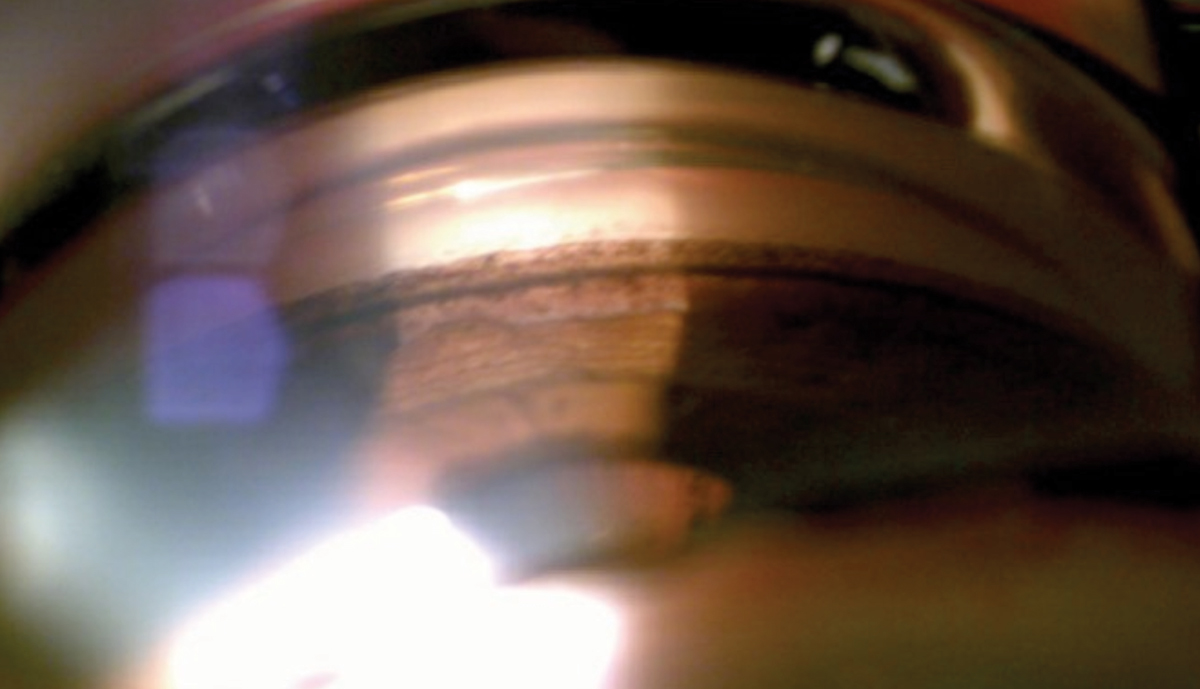
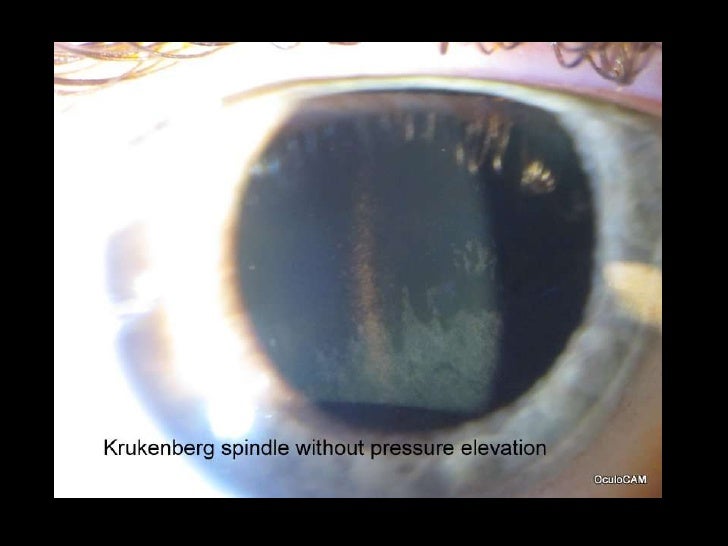







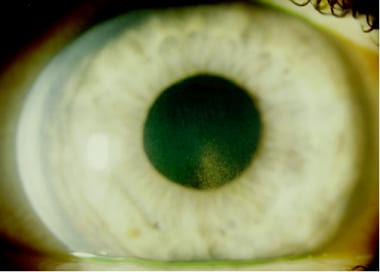
Post a Comment for "Krukenberg Spindle Pigment Dispersion Syndrome"